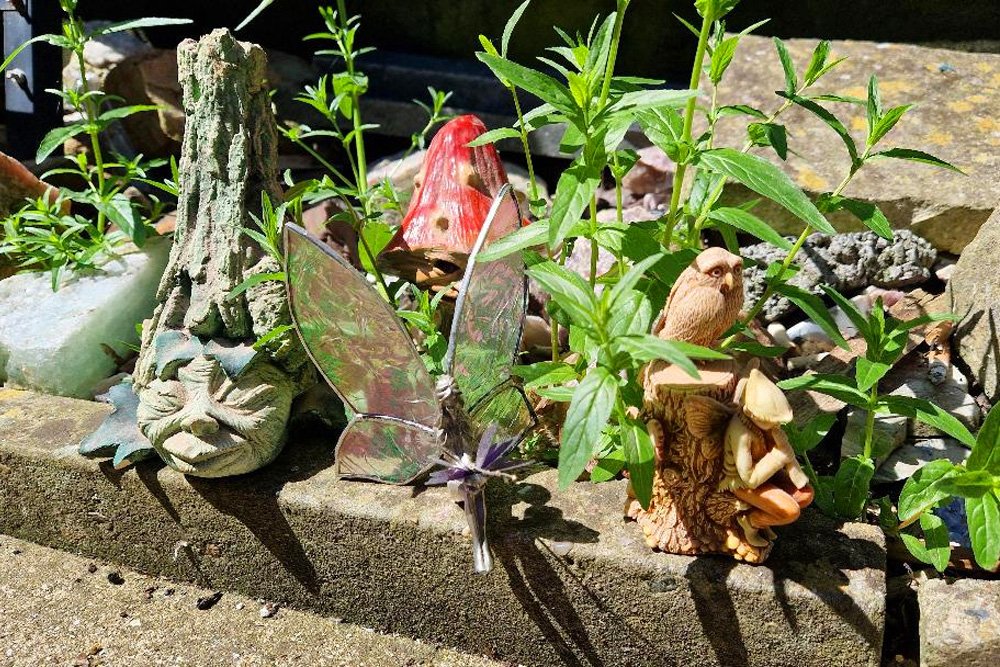Perceptions of Nature Spirits
I was no more than twenty-one the first time I read what was meant to be a “serious” book about fairies. It was written by a Dutch-American author, relating her personal experiences of nature spirits. She had them categorised in an almost militant hierarchy with comments about their relative intelligence, and I found myself questioning her perceptions and how she could know the details she related.
It wasn’t long after that I came across a book that made much more sense to me, written by a journalist who visited a place in Scotland called Findhorn. Rumour had it that the residents of what was basically a camping site were growing impossibly large vegetables from terrain not conducive to gardening, helped by the local nature spirits or fairies.
This fascinated me, and although I had always had some interest in nature spirits, the evidence given in this book that such beings were real and not just legend sent me down a rabbit hole of reading every scrap of lore about fairies, elves, trolls, or what have you that I could find.
The names of such beings vary in different cultures. Fairies, elves, gnomes, piskies, trolls, and a whole plethora of names and titles for the “wee folk” in the British Isles and elsewhere come down to cultural perceptions and attributes of the spirits of nature that every culture recognises somewhere in their oldest lore.
The word “Fae” is recently popular but used so much in romantic fiction that I tend to avoid it and often fall back on “fairies” or just “nature spirits.” I use the alternative spelling for the land of Faery, the realm where humans don’t often tread (with good reason, according to folklore).
In my fantasy fiction, I depict them all as species of goblins, which isn’t far from the majority of folklore, which casts fairies in both helpful and malevolent roles as boggarts, brownies, or house spirits.
How we think of or visualise nature spirits differs from person to person. Books depict them in various ways according to the perceptions of the authors or their imaginations, in the case of Brian Froud’s artistic books and the Victorian Flower Fairies that appear in pictures and ceramic figures.
Historically, beliefs of their nature have covered a spectrum of ideas, including souls of the dead, small early human inhabitants of the British Isles, and beings of an alternative spiritual nature, like the well-known Tuatha Dé Danann of Irish legend. In modern witchcraft, they are most often seen as helpful spirits or even as guardians; in Wicca, they are called as quarter guardians by the names the Alchemist Paracelsus gave them—gnomes, sylphs, salamanders, and undines.
Reading about these fairy realms inevitably leads to finding stories about people who have wandered into the land of Faery, often in times of duress. A typical story I’ve seen in various versions is the person lost in a snowstorm who comes across a welcoming old-world inn, where they are given warmth and food before going on their way. When they return, they find the place doesn’t exist, though an inn might have occupied the location in an earlier century. My own experience of walking into a place that no longer existed when I returned with a camera is related in my book Elemental Spirits.
Many of us are already aware of spirits of places before we even begin to study witchcraft. A feeling in a room, an impression of being watched in a place of nature, or even a glimpse of movement that we can’t quite see clearly can bring awareness of entities who are only rarely seen with normal vision, though there are exceptions.
Many years ago, my daughter and I witnessed the dancing of what I call “blue light fairies” in Groudle Glen on the Isle of Man, a place well known for its nature spirit presence. More often, we perceive spirits of specific plants and trees in a non-visual or edge-of-vision manner, recognising the spiritual presence even when we cannot clearly see it as separate from the plant or tree. It is not unusual for people with interest in the occult to develop connections to specific plants or trees, especially when intentionally grown in your own garden.
These can become helpful spirits who might aid divination or other spellwork, or simply become familiar presences to play with or incorporate into daily life as our ancestors often did with various types of house spirits and local entities.
How each of us envisions the “wee folk” can vary widely, but the one thing most of us have in common is the feeling of calm and rightness when we feel their presence, or instinctual fear when we venture into places protected by them. Fairies are not to be trifled with or to try to force to our bidding, yet they make amazing allies when we approach them with respect and make offerings.
Old folklore has a lot to teach us about the best ways we can develop relationships with local nature spirits or house fairies, but the first step is simply to recognise that they are there.


